We have a lot of resources that we have come in contact with and wanted to pass that along to our consumers, so please find the below, as well as our service providers we have worked with and various other links and resources, at your disposal.
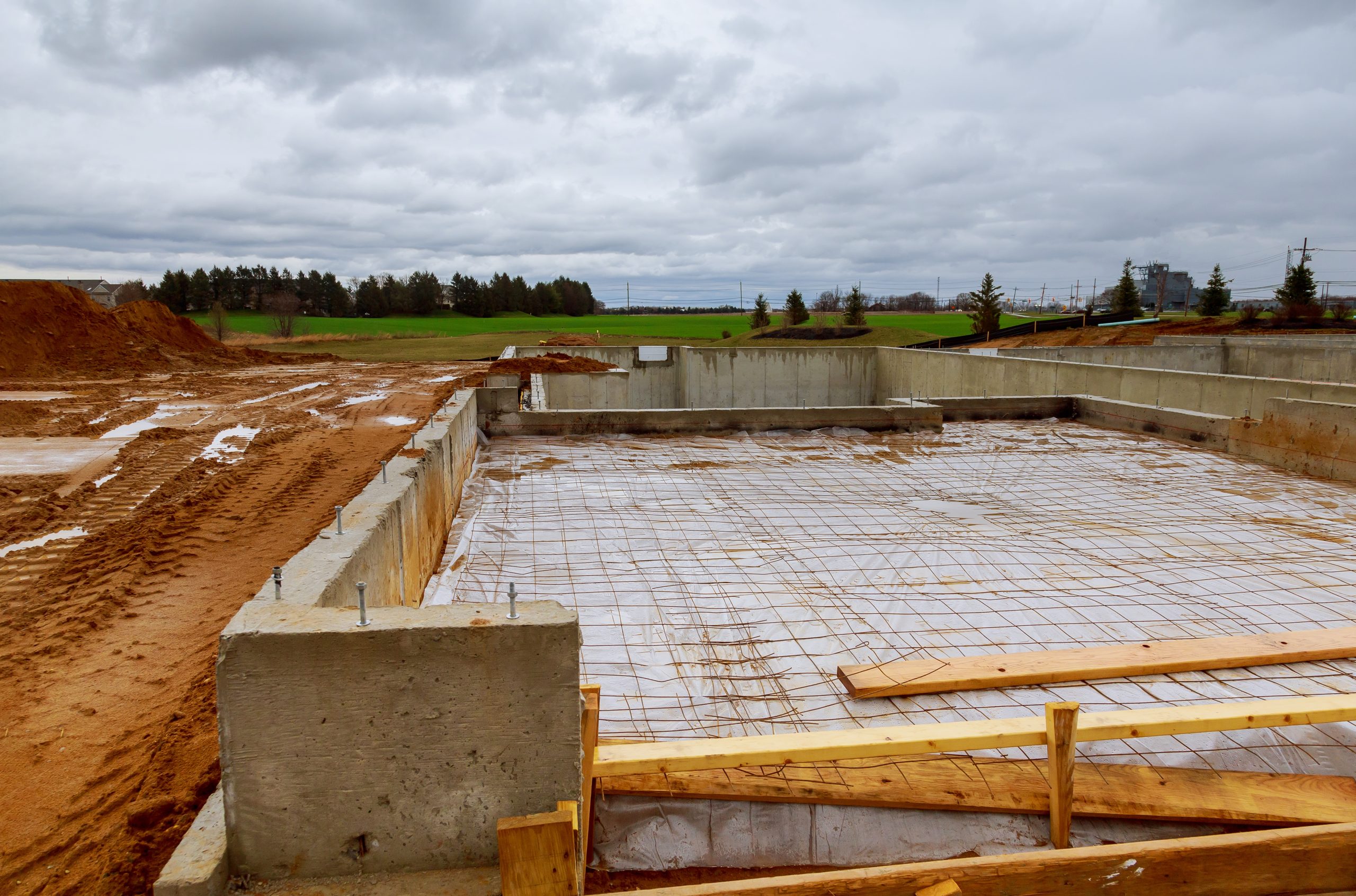
Foundations
Details are critical when constructing a sound building foundation that will withstand water intrusion and control dampness. Foundation repairs are often difficult and expensive, so it’s important to build the foundation correctly the first time. The Build A Better Home program from APA- The Engineered Wood Association is designed to provide builders and homeowners with the construction guidelines they need to protect their homes against damaging moisture infiltration. This publication discusses common sources of moisture and addresses design details for foundations.
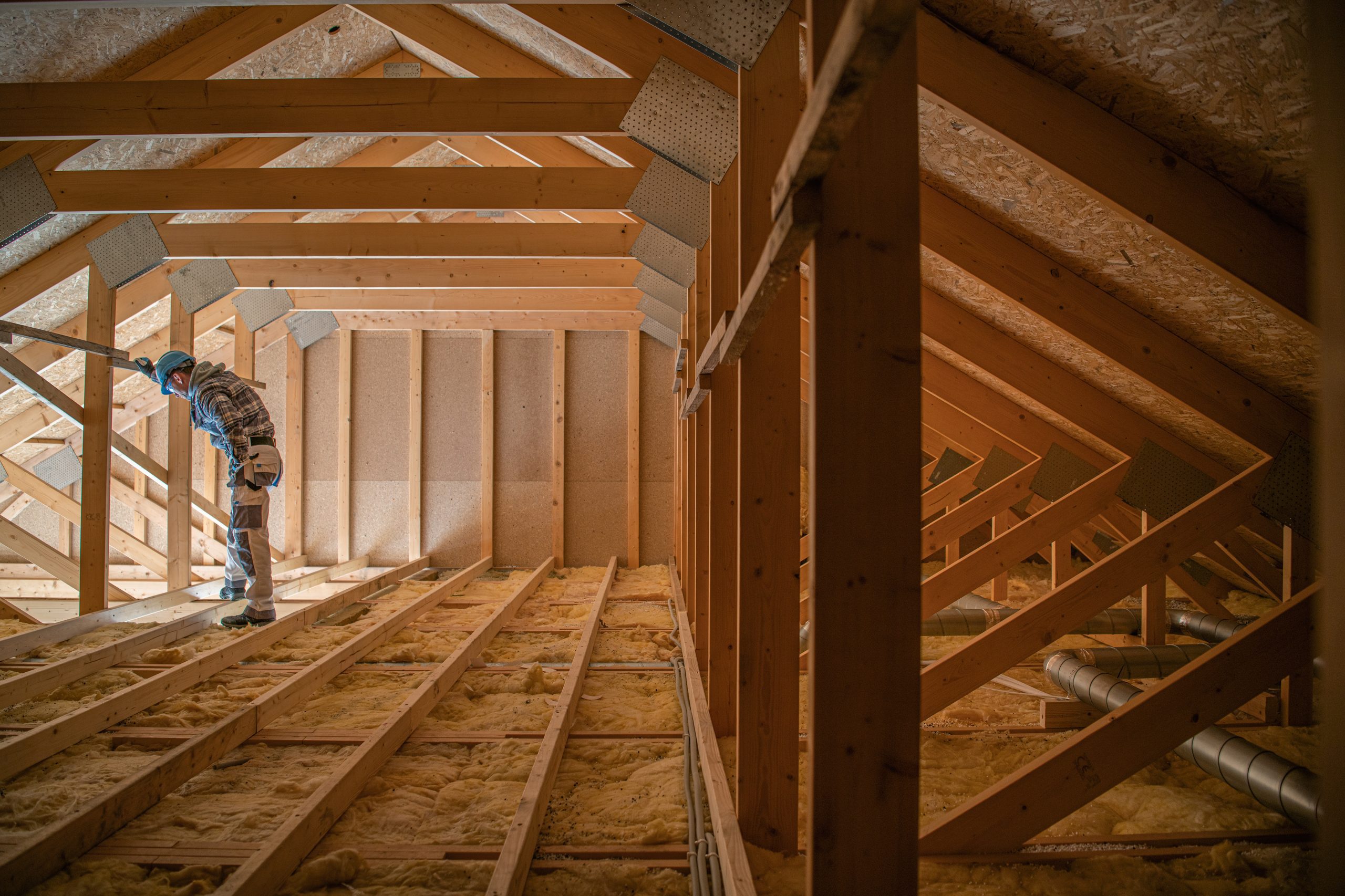
Clean Energy Choices
This 8-page brochure describes the programs and initiatives of the U.S. Department of Energy’s Office of Energy Efficiency and Renewable Energy. Discover the breadth and depth of our programs and the wide range of customers we serve. This brochure will help you gain a greater understanding of the ways in which we’re working to ensure a secure and prosperous energy future for America.
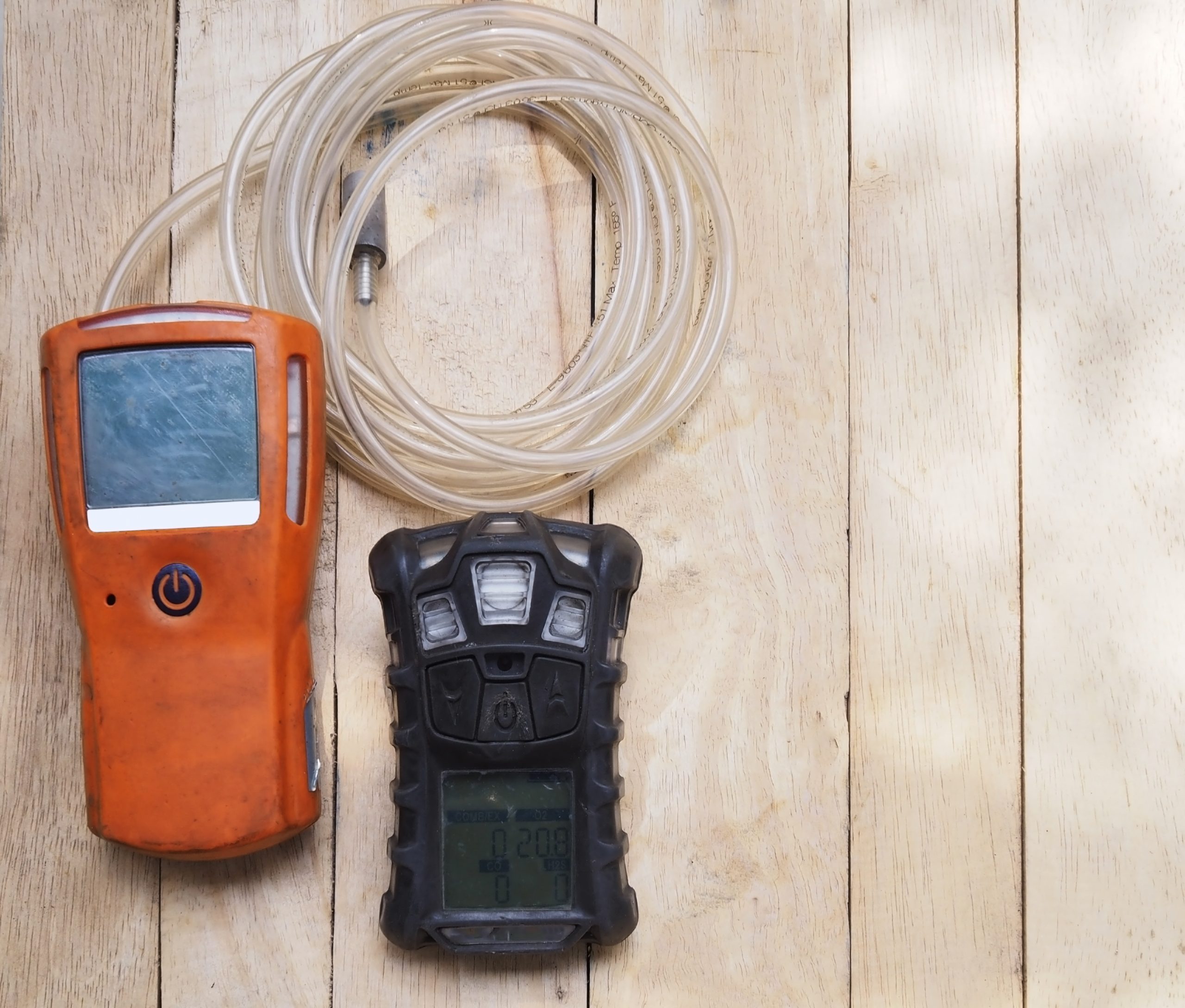

Carbon Monoxide in the Home
Carbon Monoxide (CO) is the “invisible” killer. Carbon monoxide is a colorless and odorless gas. Every year more than 100 people in the United States die from unintentional exposure to carbon monoxide associated with consumer products.
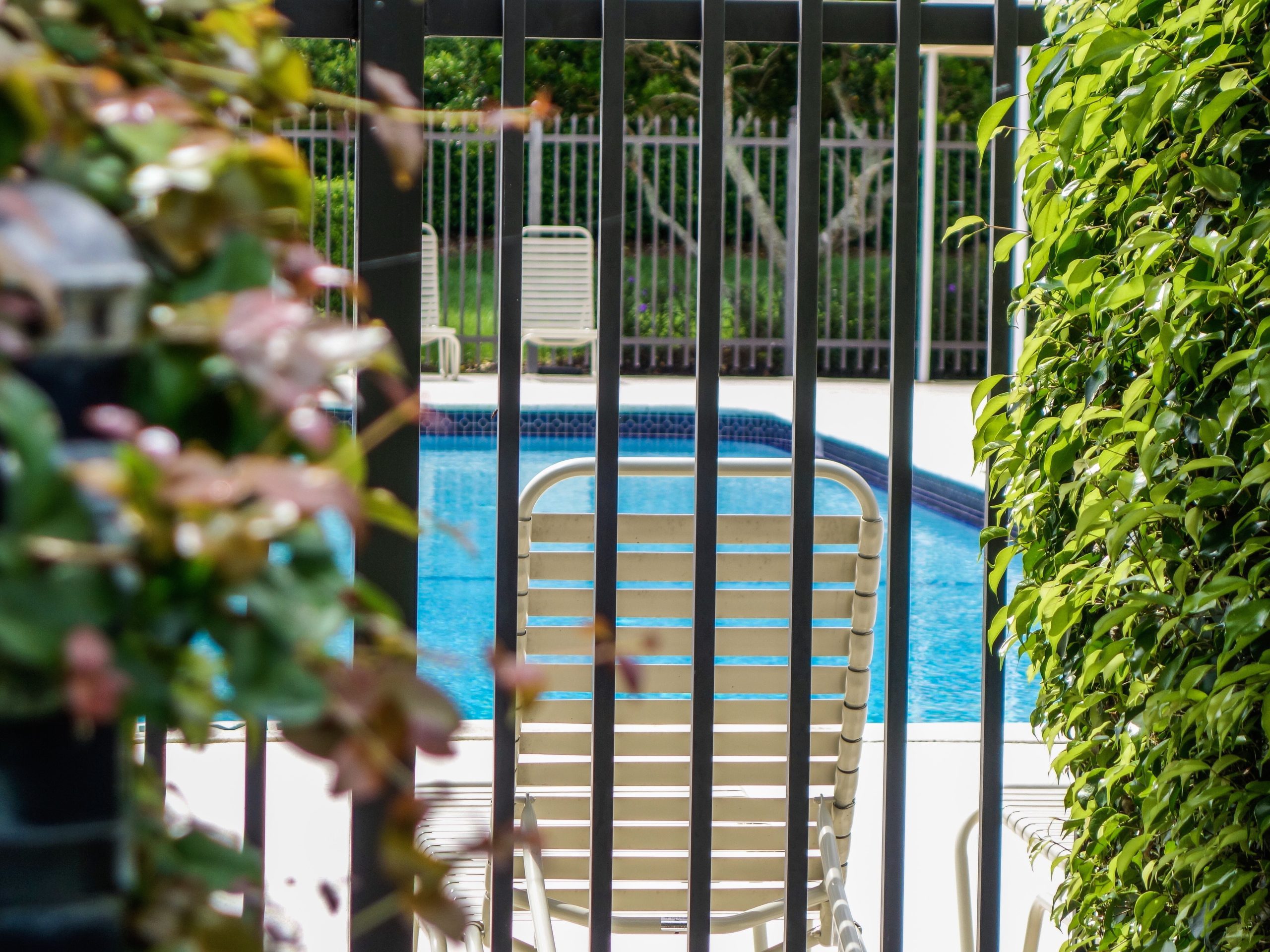

Pool Barrier Guidelines
Swimming pools should always be happy places. Unfortunately, each year thousands of American families confront swimming pool tragedies-drownings and near-drownings of young children. These tragedies are preventable. This U.S. Consumer Product Safety Commission (CPSC) handbook offers guidelines for pool barriers that can help prevent most submersion incidents involving young children. This handbook is designed for use by owners, purchasers, and builders of residential pools, spas, and hot tubs.
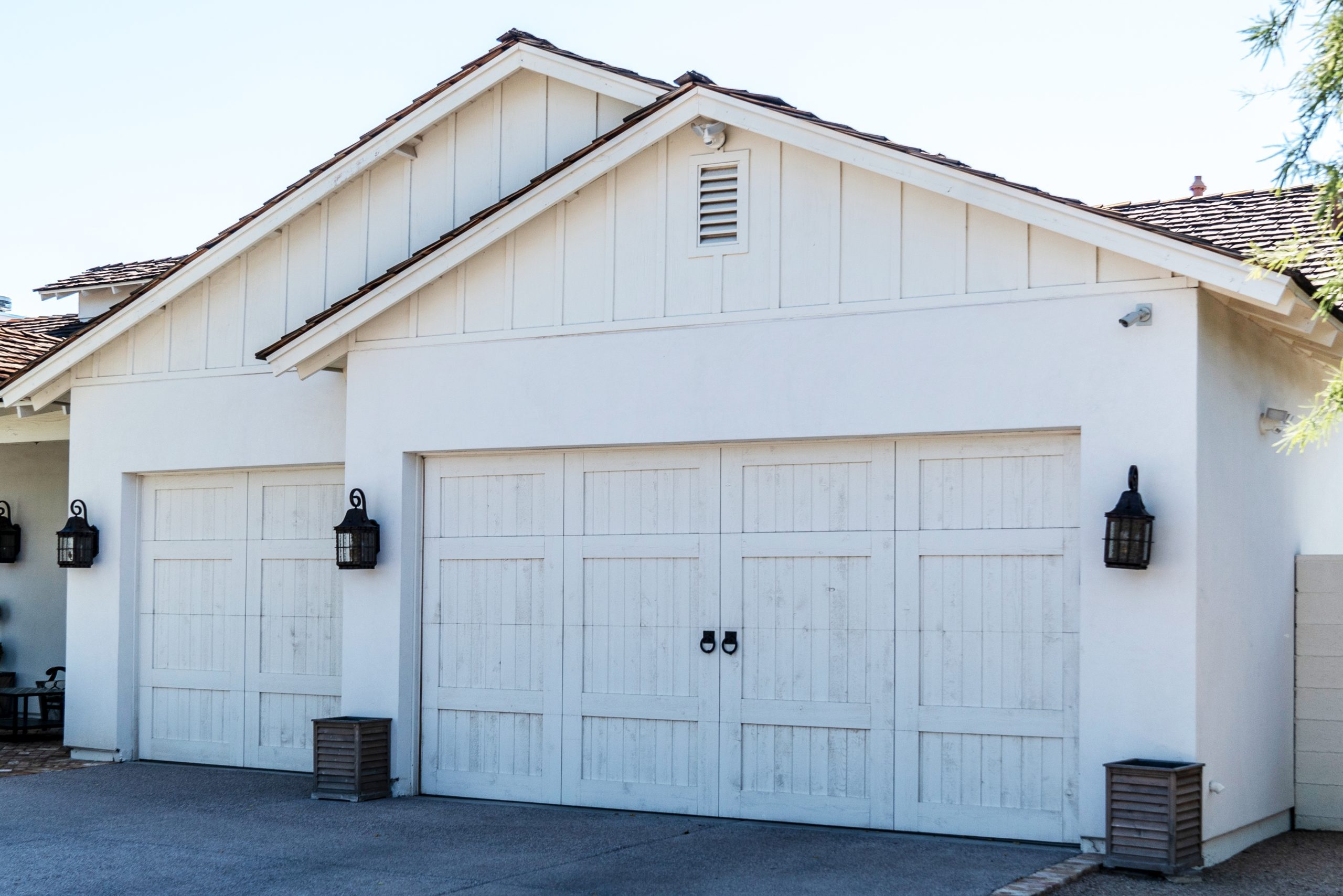


Smoke Alarms – Why, Where and Which
A Smoke Alarm is critical for early detection of a fire in your home and could mean the difference between life and death. Fires can occur in a variety of ways and in any room of your home. But no matter where or how, having a smoke alarm is the first key step towards your family’s safety.


Pool Alarms
During 1999 and early 2000, the U.S. Consumer Product Safety Commission (CPSC) staff conducted a review of commercially available swimming pool alarm systems designed to detect water disturbance or displacement. There are no voluntary standards that define applicable performance requirements for disturbance or displacement type products.
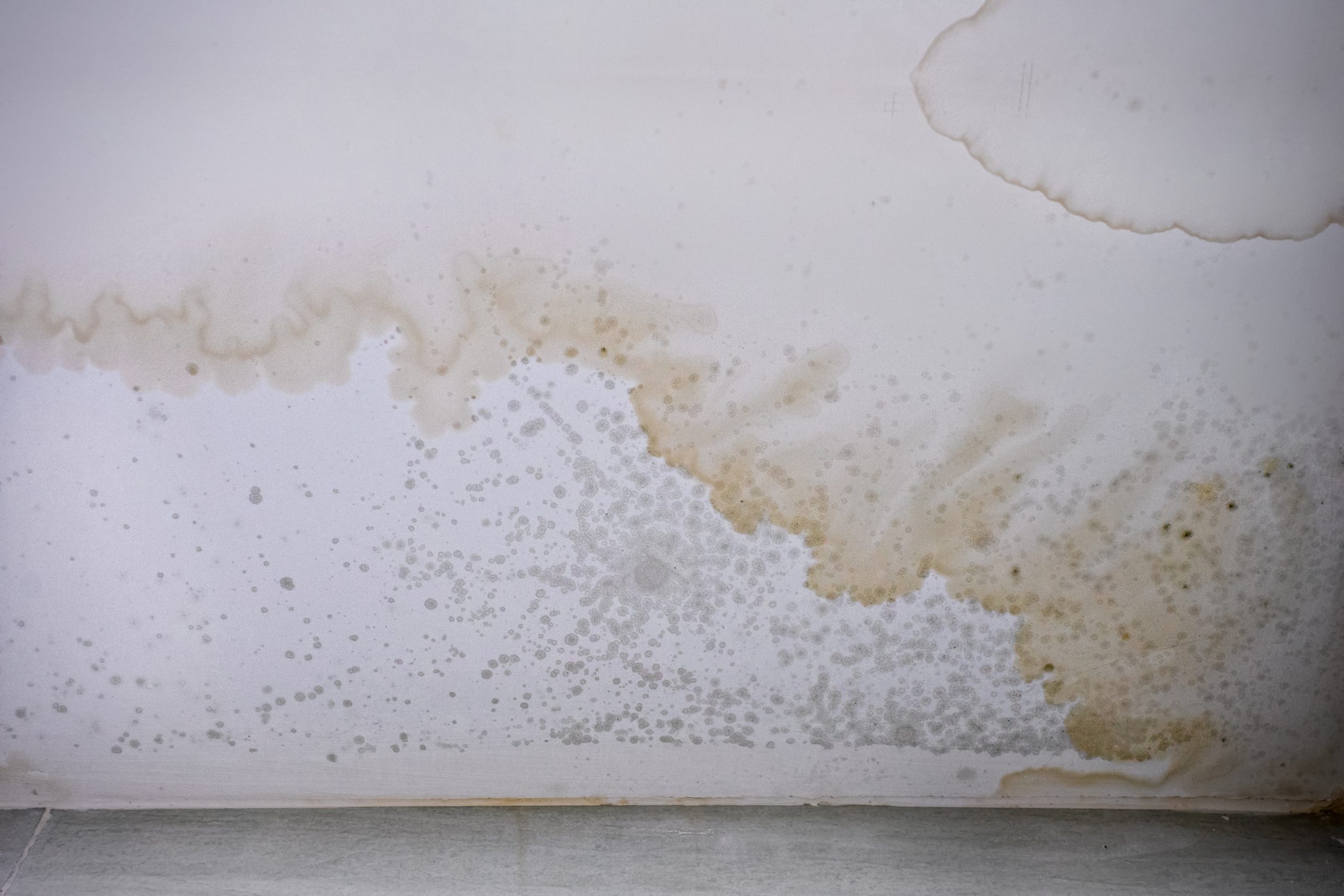

Mold
The discovery of mold in a building raises concerns not only about health of the inhabitants, but also about overall building performance. Mold growth is an indication of excessive moisture. Fortunately, most moisture problems in buildings can be prevented or corrected with proper design, construction, and maintenance. The Build A Better Home program from APA – The Engineered Wood Association is designed to provide builders and homeowners with the construction guidelines they need to protect homes against excessive moisture. The Build a Better Home Program includes design and installation publications that address the key elements in the building envelope and provide detailed examples of proper moisture control for the roof, walls, and foundations. This publication provides general information on the characteristics of mold and mildew, conditions in which they grow, methods of prohibiting their growth, and resources for learning more about mold and its remediation.


Walls
Walls are an integral part of the structure’s weather-resistive system. Detailed designs and construction are important in preventing damaging moisture build-up, whether the moisture originates from the outside or inside the building. . The Build A Better Home program from APA – The Engineered Wood Association is designed to provide builders and homeowners with the construction guidelines they need to protect homes against moisture damage infiltration. Key elements in the building envelope are the roof, walls and foundation.
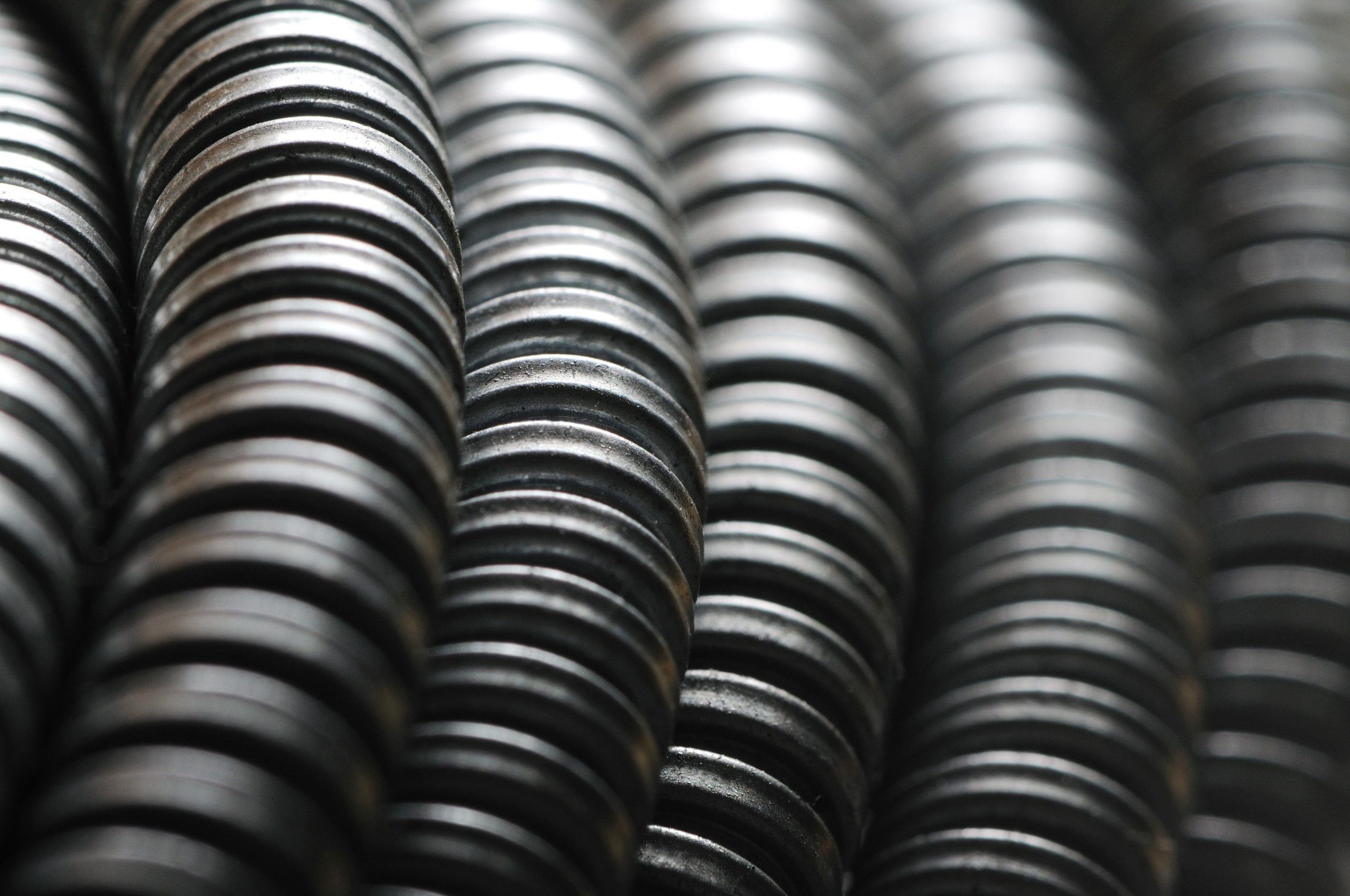

Repairing Aluminum Wiring
The U.S. Consumer Product Safety Commission staff and other government officials have investigated numerous complaints from homeowners throughout the nation who have had trouble with small gauge aluminum branch circuit wiring. The Commission has also had research conducted that shows that homes wired with aluminum manufactured before 1972 (“old technology” aluminum wire) are 55 times more likely to have one or more connections reach “Fire Hazard Conditions” than a home wired with copper.
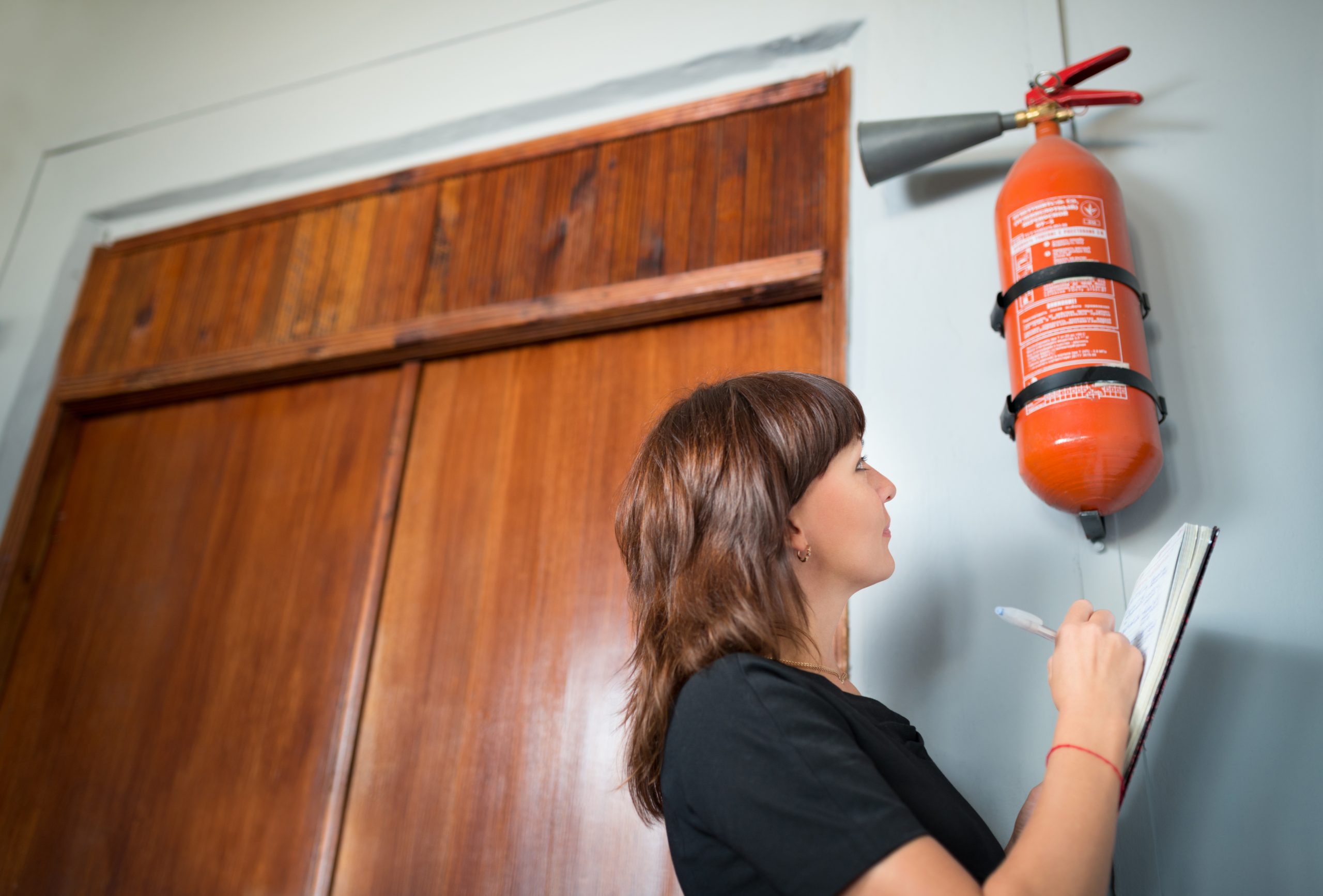

Home Fire Safety Checklist
Use this checklist as a safety guide to spot possible fire safety problems which may be present in your home. It is a first step in reducing the risk of fire. Check YES or NO to answer each question. If you check NO to any question, the potential hazard should be corrected to avoid the risk of injury or death. How safe is your home from fire?
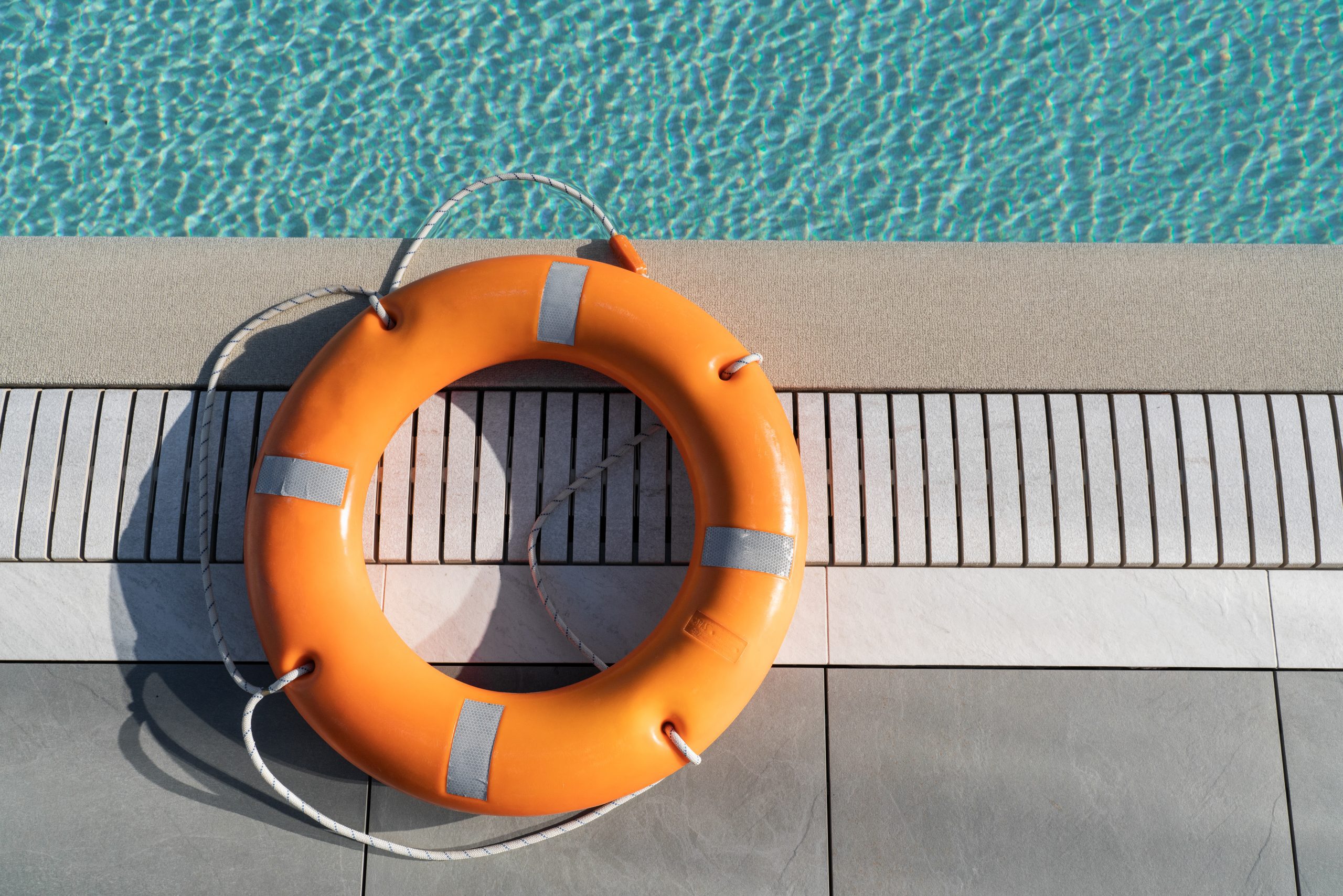

Making Pools & Spas Safer
This guide provides safety information that will help identify and address potential entrapment hazards in swimming pools, wading pools, spas, and hot tubs. They address the hazards of evisceration/disembowelment, body entrapment, and hair entrapment/entanglement. This guide is for use in building, maintaining and upgrading public and private pools and spas. They are appropriate for use by parks and recreation personnel, public health organizations, equipment purchasers and installers, owners, inspection officials, and others who are responsible for pool and spa safety.


Energy Savers
This booklet shows you how easy it is to reduce your home energy use. It is a guide to easy, practical solutions for saving energy throughout your home, from the insulating system that surrounds it to the appliances and lights inside. Please, take a few moments to read the valuable tips in this booklet that will save you energy and money and, in many cases, help the environment by reducing pollution and conserving our natural resources.



Roofs
Today’s value-engineered home features the extensive use of engineered wood products in resource-efficient, high-performance building systems for floors, walls and roofs. Engineered wood products improve on the structure advantages that have made wood such a successful and strong building material for decades. Improper construction, however, can allow moisture to enter the building envelope and lead to problems with mold, mildew and decay. While outside sources such as steam from showers and laundry rooms also need to be considered in the building design. The best treatment for moisture build-up is to prevent it from happening by employing good construction practices and maintain proper ventilation. . The Build A Better Home program from APA – The Engineered Wood Association is designed to provide builders and homeowners with the construction guidelines they need to protect homes against moisture damage infiltration. Key elements in the building envelope are the roof, walls and foundation. This Better Building Guide addresses design details for roofs.
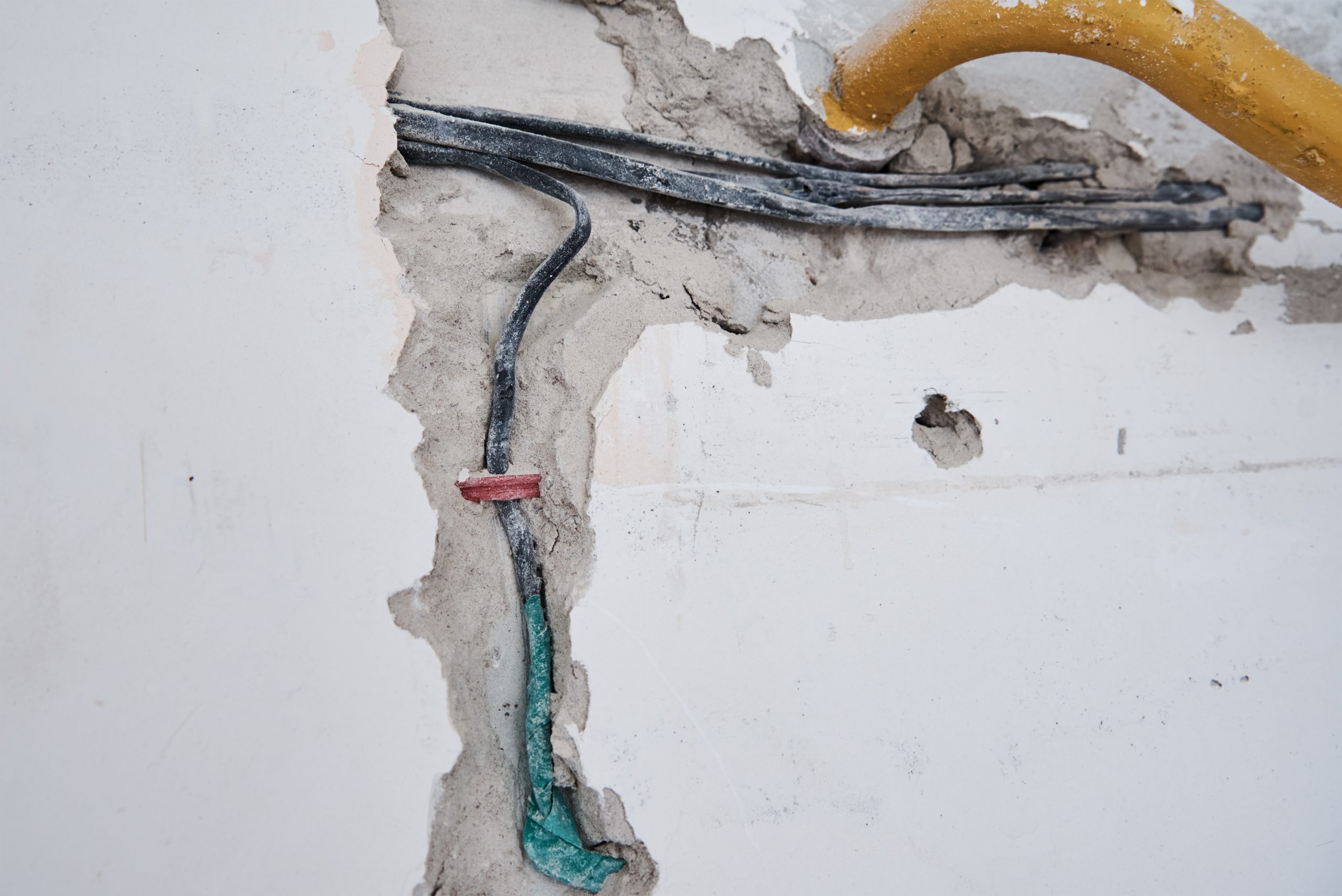

Home Wiring Hazards
This guide describes warnings of potential hazards. Each part of the homes electrical system is listed along with warning signs that may indicate current or future problems. Each section describes problems and tells you what to do.


Preventing Child Drowning
In some of the nation’s sunbelt, drowning has been the leading cause of accidental death in the home of children under 5 years old. The information within this guide can help parents and caregivers provide young children with the protection they deserve.



Non Reversing Garage Door Openers a Hazard
Swimming pools should always be happy places. Unfortunately, each year thousands of American families confront swimming pool tragedies-drownings and near-drownings of young children. These tragedies are preventable. This U.S. Consumer Product Safety Commission (CPSC) handbook offers guidelines for pool barriers that can help prevent most submersion incidents involving young children. This handbook is designed for use by owners, purchasers, and builders of residential pools, spas, and hot tubs.
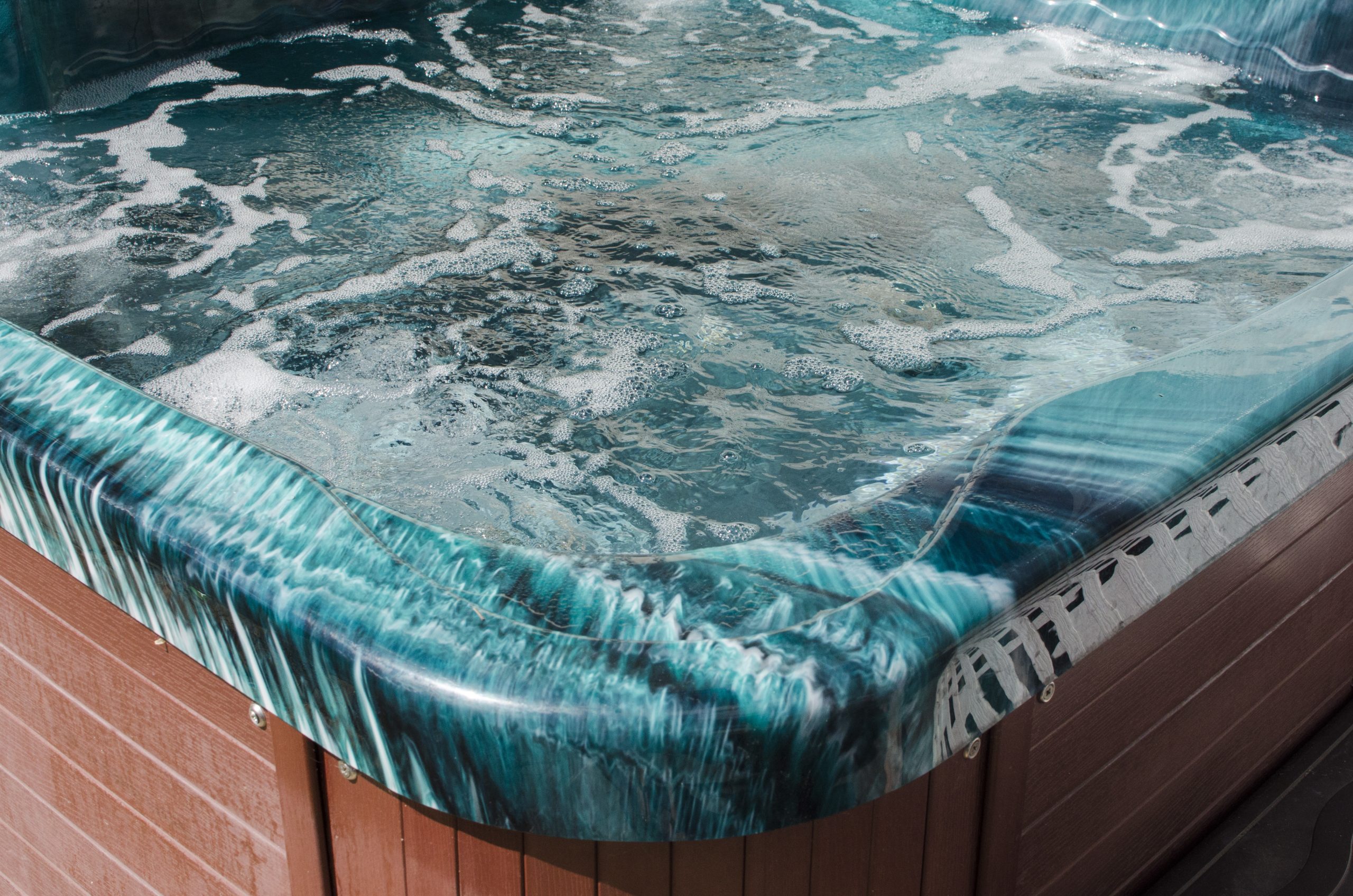

Electrical Safety In and Around Pools, Hot Tubs & Spas
There have been 60 electrocutions and nearly 50 serious electrical shocks, involving electrical hazards in and around swimming pools, since 1990. Some of these deaths and shocks happened during attempted rescues of shock victims because the rescuer did not know about the electrical hazards. Hot tubs and spas may present the same electrical hazards as swimming pools.


Top 10 WAYS to Get a Cleaner Home Inspection Report
Take these actions and your home inspection will go faster and will result in a “cleaner” inspection report. Good news for Seller, Buyer and Realtor alike!
